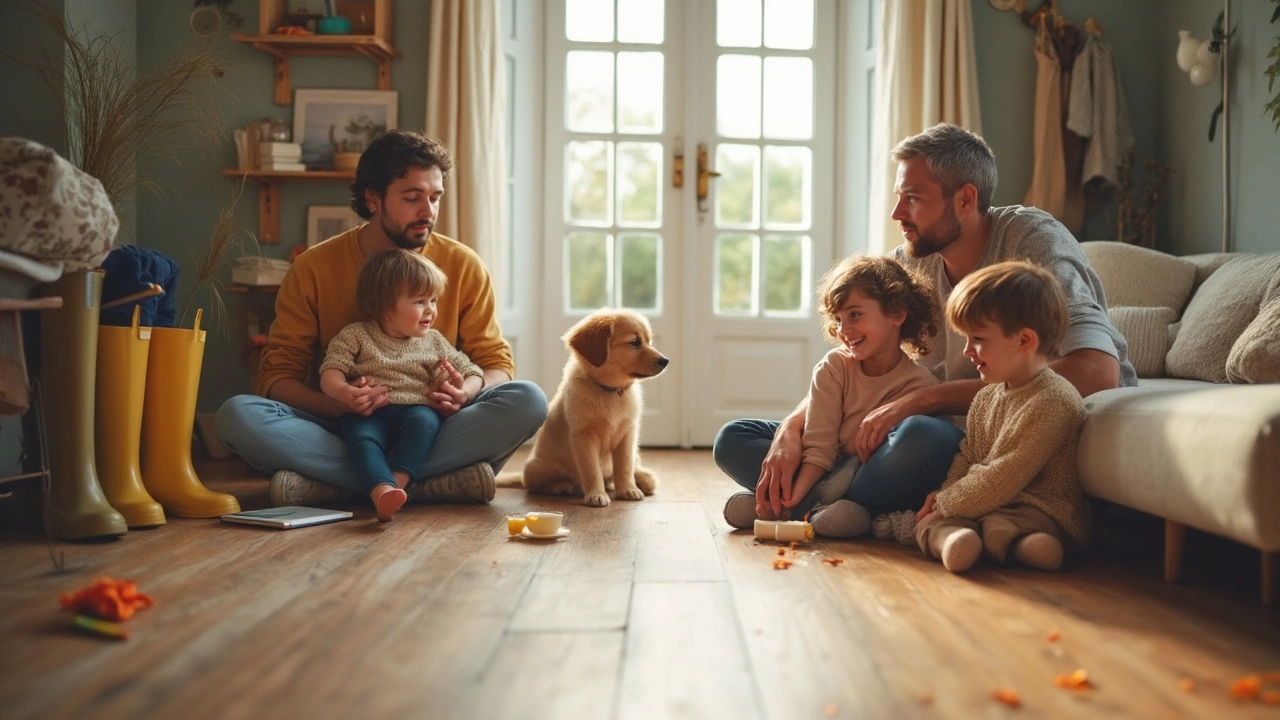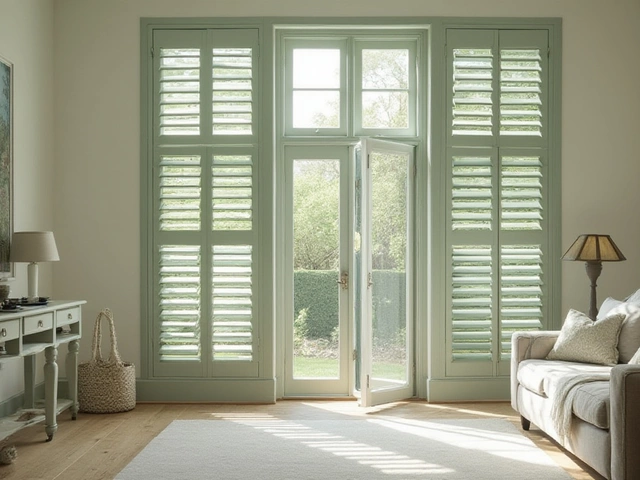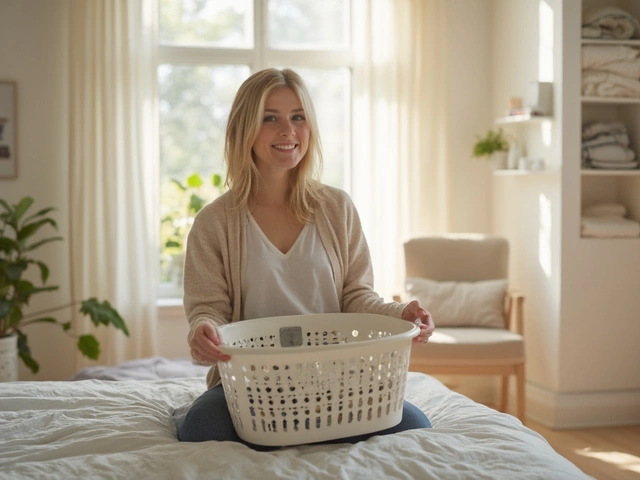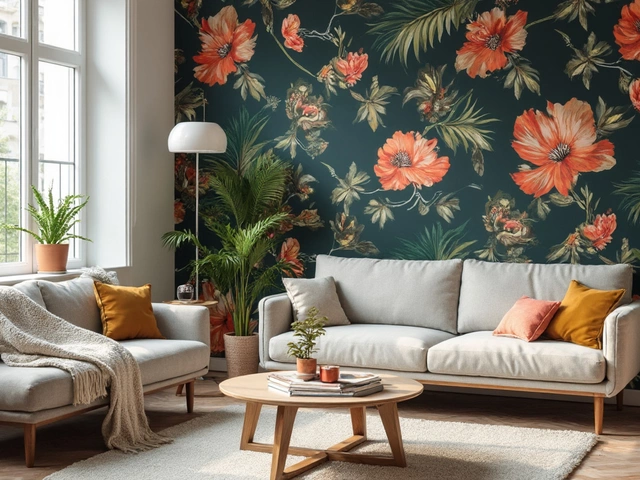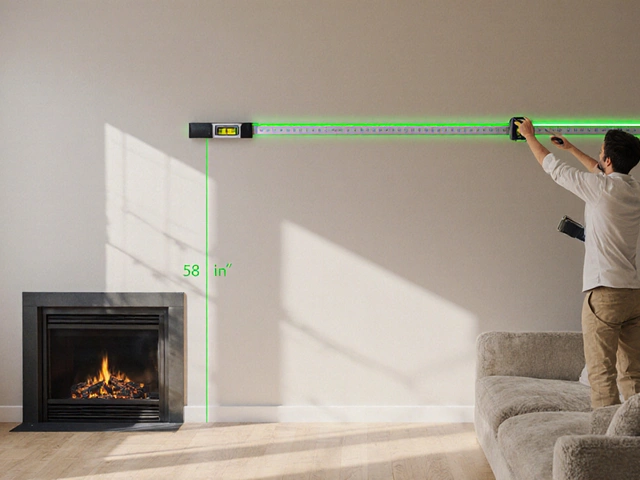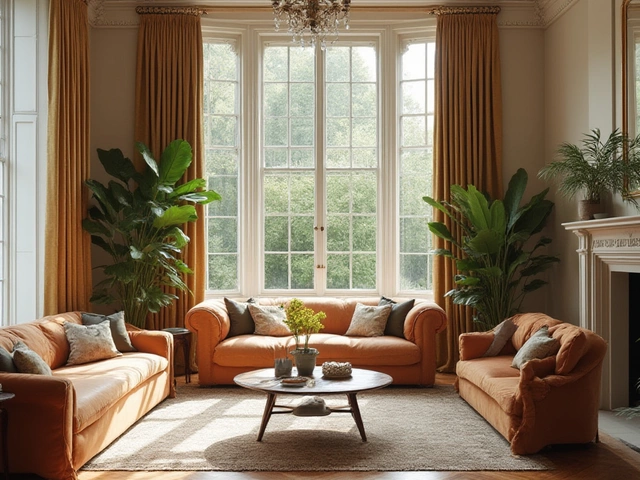LVP Flooring Guide: What You Need to Know
Thinking about new floors but don’t want a massive remodel? Luxury Vinyl Plank (LVP) might be the sweet spot between style, durability, and price. It looks like real wood or stone, feels solid underfoot, and handles spills like a champ. Below is a no‑fluff rundown so you can decide if LVP fits your next project.
What Is Luxury Vinyl Plank?
LVP is a multi‑layer synthetic floor. The top wear layer protects against scratches and UV light, the middle core provides stability, and the printed design layer mimics wood grain, stone, or other textures. Because it’s made of PVC, it won’t warp when the humidity changes – a common problem with real hardwood.
Homeowners love it for three reasons: it’s water‑resistant, it’s softer than tile, and it’s usually half the price of genuine hardwood. Plus, most LVP boards click together, so you can install them as a DIY project over existing subfloors.
Choosing, Installing & Caring for LVP
Start with the room’s traffic level. High‑traffic zones like kitchens and hallways need a wear layer of at least 0.3 mm; low‑traffic rooms can get away with 0.2 mm. Look for a rating called “AC” – AC3 is solid for residential use, AC4 if you have pets or kids running around.
When you shop, pull a sample home and view it under natural light. The pattern should flow naturally; you don’t want a board that looks like a printed photo when you step back.
Installation basics:
- Prep the subfloor – it must be clean, level, and dry.
- Leave a ¼‑inch expansion gap around walls; LVP expands with temperature.
- Use the click‑lock system or adhesive depending on the product.
- Stagger seams by at least 12 inches for a natural look.
- Cut pieces with a utility knife; a straight edge makes clean cuts.
Finish by adding baseboards or quarter‑round molding to hide the gap. The whole process usually takes a weekend for a standard‑size house.
Maintenance is straightforward: sweep or vacuum regularly, mop with a vinyl‑safe cleaner, and avoid abrasive tools. Spills should be wiped up within a few minutes – the wear layer protects against stains, but letting liquid sit can seep into seams over time.
What about resale value? Recent market data shows homes with LVP sell for 2‑4 % more than comparable homes with carpet, especially in wet‑climate areas. Buyers love the look of wood without the upkeep, and real‑estate agents often list LVP as a “modern upgrade.”
Design ideas to keep things fresh:
- Mix wide and narrow planks for a custom pattern.
- Pair LVP with contrasting grout‑colored trim for a clean border.
- Layer plush rugs in high‑comfort zones like the living room.
- Choose a matte finish for a more natural feel, or high‑gloss if you want a sleek, modern vibe.
Bottom line: LVP gives you the look of high‑end materials without the price tag or hassle. Whether you’re a first‑time DIYer or a seasoned renovator, the right LVP can upgrade your floors, protect your budget, and even help your home sell faster. Ready to roll out the planks? Grab a sample, check the AC rating, and start planning your layout – your new floors are just a weekend away.

